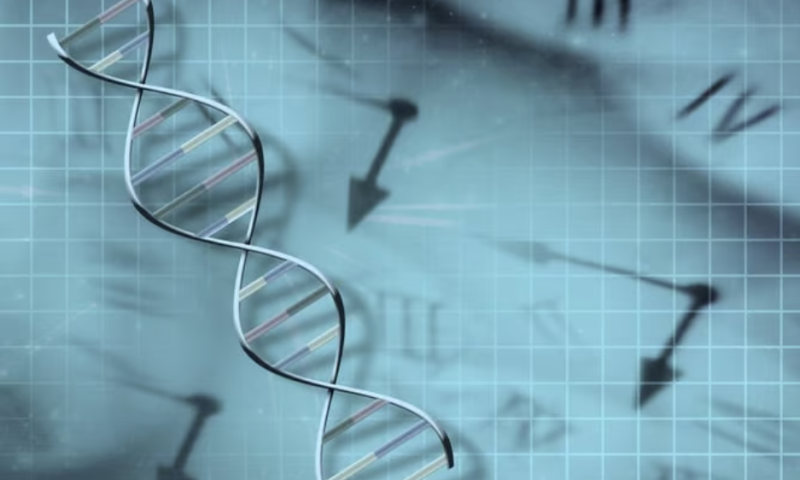Beam Therapeutics hasn’t yet dosed any patients for its gene-edited sickle cell disease cell therapy, but CEO John Evans says that could happen by the end of the year—if all goes well.
Evans’ comments, made in an interview with Fierce Biotech Tuesday, came hours after the company’s second-quarter earnings report made clear that Beam had not advanced to dosing in a phase 1 clinical trial of BEAM-101, an autologous, gene-edited cell therapy for sickle cell. It’s been a year since the study got off the ground.
Dosing the first patient before the end of the year is “plausible,” but Evans said nuances around individual patient preparation vary and ultimately impact the dosing timeline. The first enrolled patient dropped out earlier this year for personal reasons, which Evans said knocked the company’s dosing plans out of whack.
“You have to reset when you lose the patient like that,” he said.
The process of preparing one patient for dosing takes about six months, between transfusion, mobilization, the manufacturing of the therapy, conditioning and ultimately transplantation. The company also has to wait 40 days between dosing subsequent patients to make sure engraftment occurs, Evans said. Beam reiterated plans to report data on “multiple patients” in 2024 during the second-quarter earnings report.
Enrollment has also progressed even as onlookers await news of a first dose. The company has secured consent from at least four patients, filling out the initial three-person cohort and initiating an expansion cohort.
“You can interpret that that means more than three patients, but still single digit and we’re gonna keep going, we’re gonna keep adding,” Evans said. “And so basically, we’re going to kind of keep stacking patients up so that through ‘24, I actually think this trial is going to be moving really quickly.”
The wait to dose patients with BEAM-101 has allowed the company’s off-the-shelf cell therapy to take the lead in the biotech’s pipeline. Enrollment for a phase 1 trial of BEAM-201, a treatment for T-cell acute lymphoblastic leukemia, is open across a number of sites and Beam expects to dose the first patient before the end of September.
Base editing is one of the more recent uses of CRISPR editing technology that allows scientists and drug developers to change individual letters of a gene base pair, fixing potentially disease-causing mutations. Beam was co-founded by David Liu, Ph.D., Feng Zhang, Ph.D., and J. Keith Joung, pioneers of base editing and other gene editing tools.
Time is of the essence for Beam, as other gene editing companies have taken a sizable lead in the sickle cell treatment race. The leaders are Vertex and CRISPR Therapeutics, whose candidate exa-cel is slated for an FDA decision in December. Editas also has a competitor in the works and plans to have 20 patients dosed before the end of the year. Graphite Bio also had a gene editing sickle therapy in the works but discontinued the program earlier this year after a serious adverse event.

